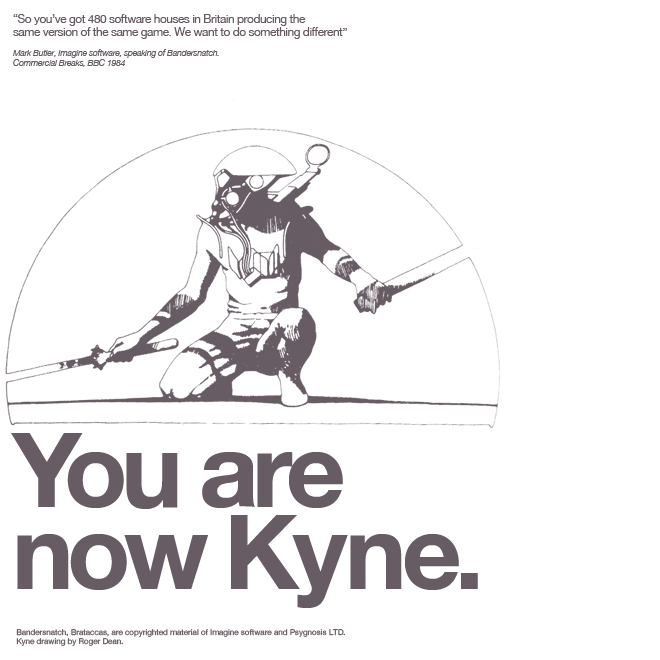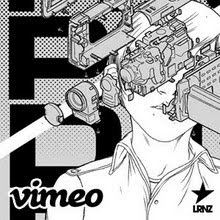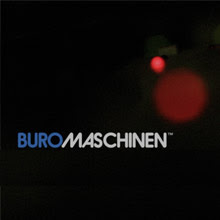Then: It's clear that I'll stick with Psygnosis stuff for a while.
I will post a Psygnosis game and a game from another Software House to help this blog developing a wider vision on games, but hey, have a look at my bookshelf.



I have to.
Long story short: Shadow of the Beast trilogy on the Amiga is a masterpiece of art.
It is one of the best sounding/looking 16 bit thing ever made, with a visual concept that has no equals but many shallow imitations.
It depicts the only fantasy world that rivals hybrid Traditional/SciFi Japanese setups or classic Tolkien inspired ones. The same world will be shared with other masterpieces from Psygnosis.
It develops a gameplay that evolves from brutal to mental as the main character does.



Beast was received in a very weird way. Most of it's appeal was never understood properly.
For two reasons.
First reason is the same that damages most of pure art like Beast is.
You must see it with your own eyes on a crt monitor. You must get in control. Nobody really gets why beast is so awesome reading or seeing a youtube video (well I know you so here are the best ones: intro and longplay).
Why everything in that game is so damned beautiful and peculiar.
The size ratio of the main character with the whole screen is something that still remains unprecedented. It's detail, those red spots, the metal details everything seems carved directly into the cathodic tube.
Please enjoy this details from a real amiga on a commodore monitor to get the difference from a video memory screen grab of an emulated version screenshot took on google. You usually find these on the internet and understand that THIS IS NOT WHAT YOU SEE PLAYING: emulated screens have a reason to exist only for didactic purposes, as they let you see exactly the work from the graphic artist, having super crisp definition. But the reason those pixel are there is the final effect, thru a PAL/NTSC cathode ray tube.
Look:
Here is a screen grab (look at the foliage dithering of those trees):

and here is the real thing:





The way the Beast kicks in the air is something you just have to accept into your life. The burst of air of every punch sounds so clean that you never have enough of punching.
A symphony of art, music (well to be honest music it's absolutely far from perfect IMHO) and coding that puts into shame every other attempt to actually give life to a synthetic world.
All of this beauty just happens and the problems is: you can't explain why.
Telling another guy why beast is so perfect is a problem. At least is a problem if you want to really explain why it's so mind boggling. Of course you can highlight the 32 parallax levels, or the hundred of original monsters packed inside the game but hey: it's not a matter of benchmarking. It's like saying that Caravaggio did 423765 brush strokes to paint his Goliath. Benchmarking is the death of videogames and Beast suffered this.
"It's Kung Fu Master meets Roger Dean made by a super picky programmer". People saying this kind of bullshit should really play Beast and let the creature destroy everything.
Shadow of the Beast is Shadow of the Beast.
Finish it or please shut up.
Second problem is more of a specific matter and will determine an horrible situation I will get into later:
Shadow of the Beast has a curse, nobody shall try to port it to another machine (from the past or from the future), or the magic is broken. And it's a curse that many Amiga games have.
I know it can be hard to respect a machine that has almost no arcade perfect conversions nor true native arcade mainstream games (almost, i said). At least compared with a Megadrive or a Super Famicom, but many already faced the awful effects of the curse.
Ported with ugly result on every other computer (including Spectrum, poor Speccy!)
Electronic arts DID try to port it on Genesis/Megadrive, Hudson helped with a Pc Engine version, even am Atari Lynx card was put together, wasted thousands of cds on FM Towns.
So non amiga players were asking: why the hell everybody was trying to sell an ugly game to the rest of the world? The answer is simple. The game do suck on every other platform (EVERY PLATFORM EVER MADE), but on the Amiga (the cream gray dull computer from commodore that barely manages overscan on most of the games) is a masterpiece.
That said:

Beast II.

A masterpiece that improved with the second chapter (with a second iteration of the Beast Curse).
Again. Only Amiga could manage the wrath of Martin Edmonson Paul Howarth and Cormac Batstone. Martin Edmonson did a tremendous work here. While the game did not feature that gigantic super wide parallactic wilderness he absolutely compensated with a use of a color palette that do still stand out nowadays, freezed a whole world in an eternal sunset, choosing the right material for everything, ranging from flat black silhouettes, super saturated colors to neutral and sensible depiction of nature using every tool in his power: ordered dithering merge perfectly with more pictorial skills boasting more information with 32 indexed colours and no blending option than any other fantasy painter did with an unlimited analog palette.
We are speaking of true genius, something that nobody really can't match anymore.
Pixels lost their approximation, becoming the perfect medium for the eye and mind of a beautiful english creature.
Martin Edmonson was my Frazetta. Was my Simon Bisley. Damn, he IS the best artist to ever grace a fantasy videogame along with the Team ICO guys (that cited Martin work everywhere).
Martin did the impossible and so did Tim Wright.
He was in charge for the second game, with a very bad situation to manage: David Whittaker, the god amongst game musicians, did the first Beast OST. Beast II was one hell of a title and comparisons would come sooner or later: Tim Wright was still a perfect stranger to most players. Well, know what? Tim Wright composed a soundtrack that still amazes me like the first day I played Beast II. He made my messy kid bedroom become an historiated cathedral. He did invent those weird steel drum usage, that phasing pads that gave the game colossal spaces perception.
The opening theme? Vangelis for Blade Runner doesn't hold a match.
The infamous Miami Vice gameover sequence, pure genius:
Tim Wright is the very first 16bit module composer out there and said hello to everybody with such sample mangling masterwork.
5 things you have to experience in Karamoon to enhance your poor life:
1) Asking ten pints
2) Escaping from an underground lair cheating with wine and cavemen
3) Travel to a different dimension on a giant slug
4) That laser cage, my god that laser cage!
5) Experience the dynamic music changes as the story unfolds when you specific actions. (the goblin outpost is the perfection)
I still dream on what it's hidden in that Karamoon inn, that door was shown open in many game magazines (I remember something on CU Amiga), never managed to go thru it, was probably a dev version of the game.
But where is Maletoth?
Maletoth is well sealed in a pure work of gaming art, Shadow of the Beast 3.
And there it remains: the best of the whole trilogy paid for the Beast Curse infringment of the first 2 chapters.
Nobody would ever try to port it. That's the horrible situation I mentioned before.
Best game ever on a dying game platform that nobody in Japan will ever own.
Doing aftermath we can say it is a big plus. You have to play it the way it was meant to be played.
Beast III is the promising talent that reaches perfection.
An arcade adventure where you do so many different things using just one button, from the annihilation of all fish species thru darwinian inscriptions and giant stone machines to an epic escape from Fort Dourmoor using it's own inhabitants and mechanic devices.
Character design for this game is so weird that the artistic twist is finally complete.
That hat! The future Martin Edmonson did every bad mistake possible on psx (destruction derby and driver are from the same genius, yep, it's possible) but honestly on beast III he's already done with the world. He did it. He won.
Stylish 1 colour shurikens rotate smoothly at 50 fps as a testament to the player: this game is ultra enjoyable, you are out of the Beast nightmare, you are playing the final chapter. Aarbron is finally back in control of his own actions.
A first attempt to an open structure with a free map selection menu was also very interesting.
Surprisingly this game has a bad intro animation and box artwork.
Look. The intro has a completely out of track color palette and sports an early core design looking rendering ("frenetic", do you remember it? awful).
Also surprising: no free tshirt inside, only a pin.
Not surprisingly it has a beautiful soundtrack, Tim Wright strikes again with his most cinematic soundtrack to date.
So weird, huge and catchy you have to listen. Four channels 8bit 11khz samples never sounded so good.
Bottom Line.
If you really love games do yourself a favour: spend 80€ buy an amiga 500, a crt monitor, connect everything to a good pair of speakers and play the whole serie.
You usually spend the same amount of money (while wasting 32 hours of your life) to play with another shitty car stealing ugly sandbox, so why not?
I bet that one day you will thank me, Beast series is going to be quite expensive sooner than later.
Beast is a state of mind, it's a true shining diamond amongst the mega games.
It's pure artistic will and power roaming free in a bunch of disks.
Martin, Cormac and Paul: thank you all for letting me into this beautiful world.
(and thanks to Andrew Bond for the compressor).























